hakata fukuoka
Hakata: Fukuoka’s Amazing Gateway to History!
Thuy Fang
Posted on May 16, 2025
Share:

Hakata Ward sits along the eastern edge of Fukuoka City, facing the sea. Hakata’s coastal location has long been a key gateway for trade and cultural exchange in Japan’s history. It remains a central hub of the Kyushu region’s politics, economy, and tradition. This area has many unique landmarks, lively festivals, and deep-rooted culinary customs that reflect its rich past. Let’s explore the history and special features of this place together!
How did Hakata Ward begin and grow over time?
A long time ago, even before the third century, Hakata was already important because it was close to Korea and China. This made it the perfect spot for people to trade goods like silk and tea, and share new ideas. Many people from other countries came to this town by boat, making it one of Japan’s first places where different cultures mixed. Back then, it even had Japan’s very first Chinatown!
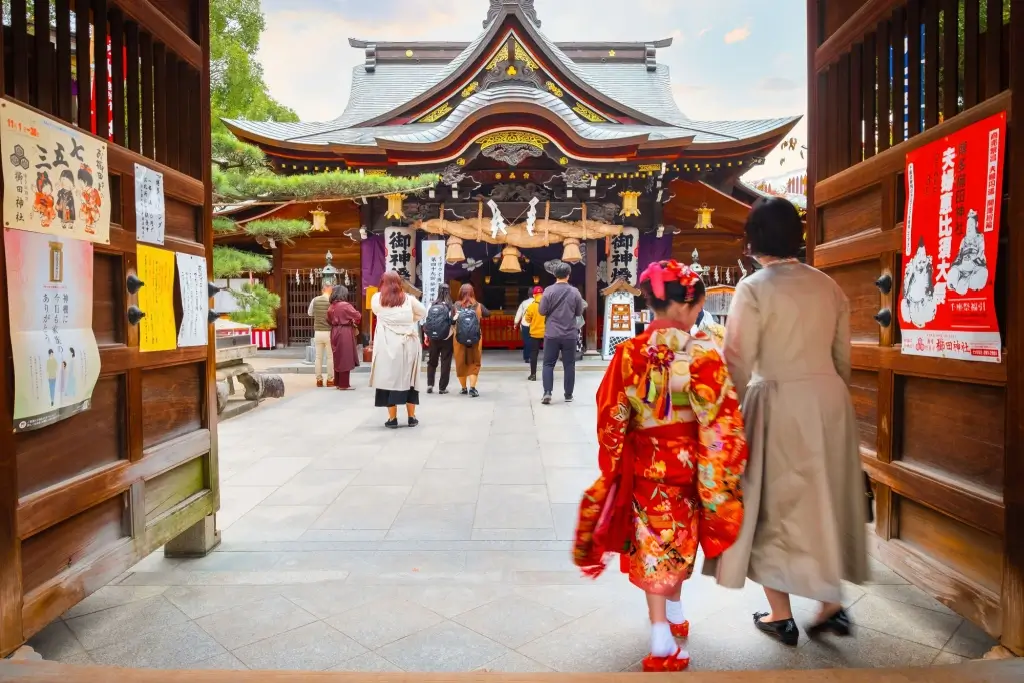
As time passed, this place grew into a busy town full of merchants, temples, and beautiful shrines. Even though it was sometimes hurt by wars, like when the Mongols tried to invade Japan, it always came back strong. In the 1600s, a leader named Kuroda Nagamasa built Fukuoka Castle on the other side of the river. Little by little, Hakata and Fukuoka joined together to become one big city.
Nowadays, you can still feel the long and exciting history when walking around Hakata Old Town’s streets. There are old wooden houses, peaceful shrines, and pretty temples. Some buildings have been thoughtfully transformed into charming cafes and shops that blend traditional style with a modern touch.
What is the cultural significance of this ward?
Hakata is a vibrant town where old traditions and new ideas come together. One of the most exciting things you can do here is join the festivals! The Hakata Gion Yamakasa in July is famous for its giant racing floats carried through the streets. In May, the Hakata Dontaku festival fills the town with dancing and music. There’s even a festival in October called Hakata O-kunchi, which has parades and special celebrations.
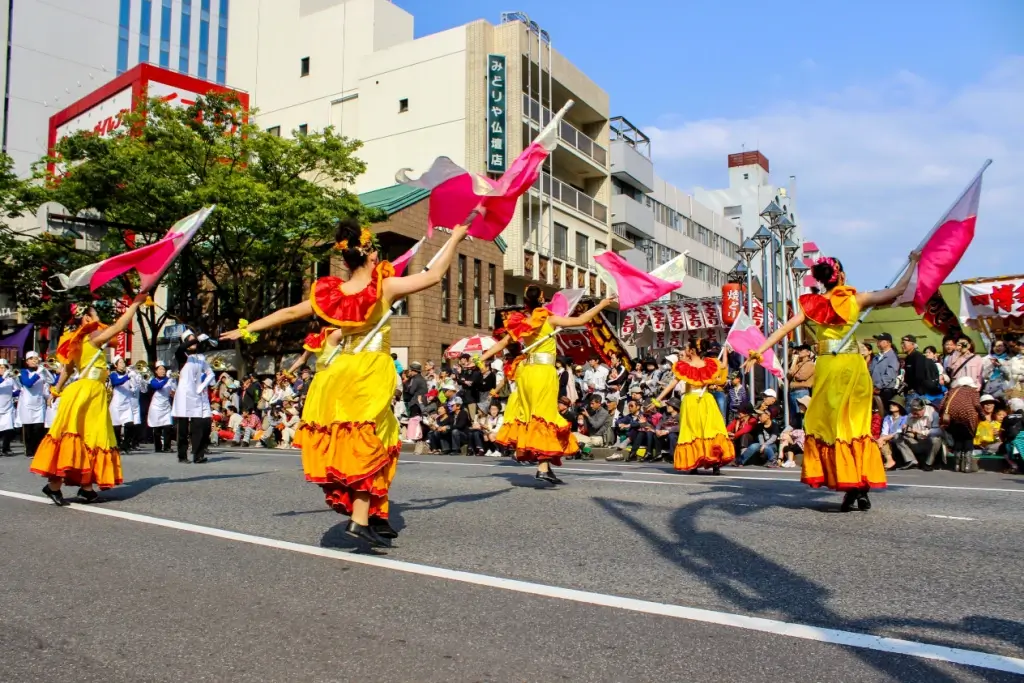
If you love art and crafts, this is a perfect place! You can paint your own Hakata doll, try making lanterns at the Kadota Chochin Lantern Shop, or weave pretty cloth called Hakata-ori. These crafts have been made here for hundreds of years. At the Hakata Machiya Folk Museum, people can learn how people lived long ago and even try making charms or wooden boxes.
In addition, there are amazing places to visit. Jotenji Temple is peaceful and has pretty gardens, and you can learn about the local textiles. Don’t forget Tocho-ji Temple—it has Japan’s largest wooden Buddha! Try wearing a kimono and walking around the streets like people did long ago for something special. Shops in the town are filled with traditional treats and lovely souvenirs. You might hear people speaking in a friendly way called Hakata-ben, the local dialect. It sounds soft and warm, and part of what makes this ward so special.
Are you looking for some great snacks from the Hakata area? Check out Sakuraco! Sakuraco delivers traditional Japanese snacks, teas, and sweets from local Japanese makers directly to your door so you can enjoy the latest treats directly from Japan!

Are there any local culinary specialties in this area?
One of the most famous foods here is Hakata ramen, a rich noodle soup with pork bones simmered for hours to make a creamy, flavorful broth. The noodles are thin and firm; people love slurping them while they’re still springy. When you finish your first batch, you can ask for more kaedama noodles, so they never get soggy.
This beloved ward is also famous for its love of gobo (burdock root)! At Zoni no Sekitei, you can enjoy gobo in many ways: gobo udon, gobo tempura, gobo tea, and even crunchy gobo chips. The gobo texture is chewy and crispy, giving every dish a nutty, earthy taste.
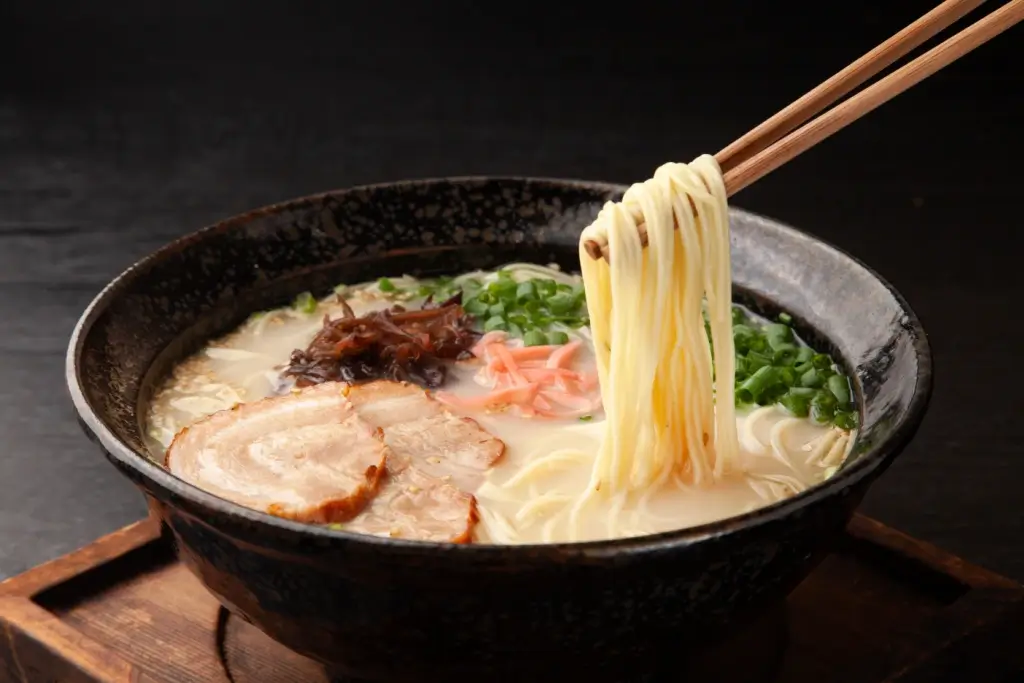
And don’t forget about the famous mentaiko (spicy cod roe)! It’s salty, spicy, and creamy, and you’ll find it in rice balls, pasta, and even as a snack. You can also try local drinks at Ishikura Sake Brewery, where sake is made from rice grown nearby. This exclusive beverage takes time and care to make.
If you like something sweet, this area has some tasty treats, too! One is Hakata uiro, a colorful, soft, and chewy steamed cake. Long ago, a Chinese visitor who stayed at Myorakuji Temple created it. Now, chefs blend traditional recipes with fun new flavors to make special versions, which shops sell today.
Why should I visit Hakata Ward in Fukuoka?
Hakata Ward is a place where the past and present meet in a friendly and lively way. Whether walking through the old streets, joining in the colorful festivals, or tasting the yummy local delights, there’s always something exciting to discover. Moreover, the people here are famous for their warm hospitality and love for sharing their culture. So, why plan a visit to this ward? You might find yourself falling in love with its charm and character. Share your thoughts with us!
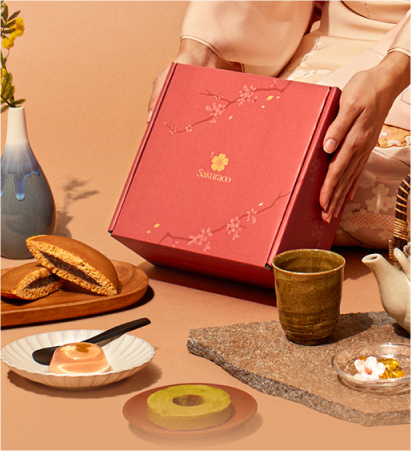
Discover authentic flavors with Sakuraco
Get Sakuraco 

Discover authentic flavors with Sakuraco
Get Sakuraco 
Related Articles
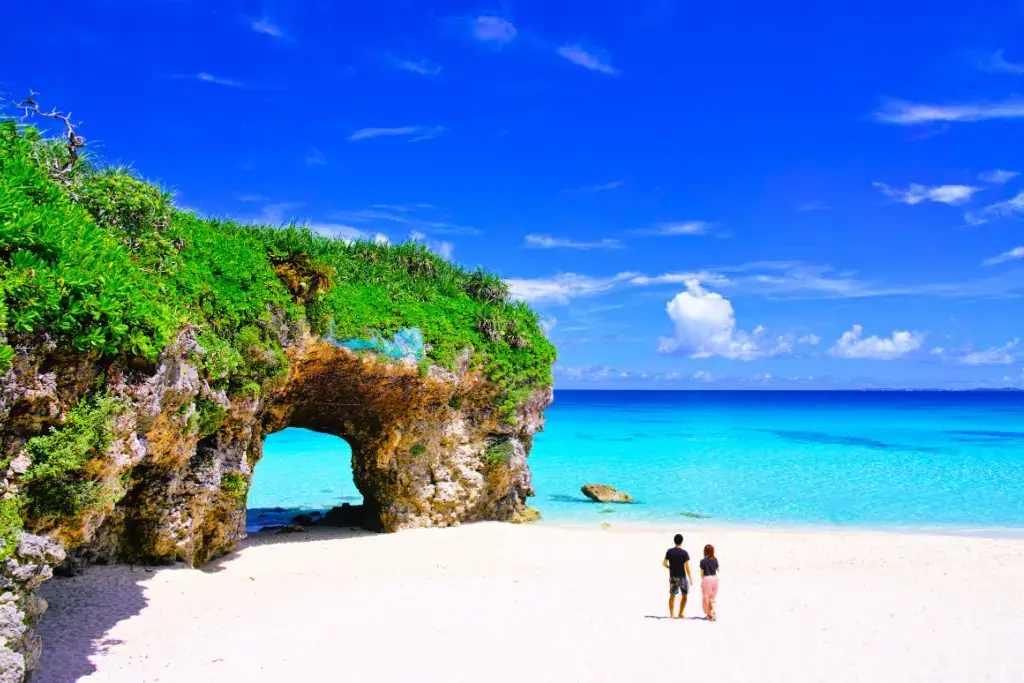
Okinawa Beaches: Five Great Tropical Escapes!
Okinawa Prefecture is a tropical paradise that is celebrated for its turquoise waters, beautiful, sandy coasts, and vibrant coral reefs. It has over 130 beaches, offering a coastal experience for every kind of traveler. These escapes range from secluded retreats to lively resorts. Today, we’ll explore five of the most captivating beaches in Okinawa!
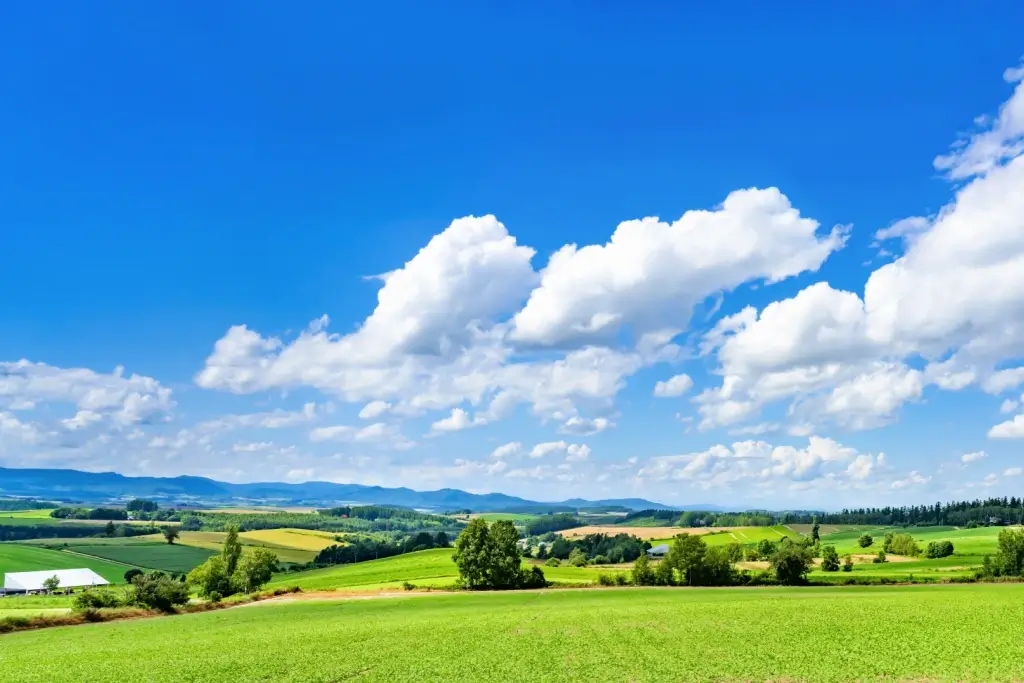
Hokkaido: Amazing Places to Enjoy This Summer!
With endless fields of flowers, misty lakes, fresh mountain breezes, and gentle festivals, Hokkaido’s summer is a world uniquely its own. Let’s look at explore five locations worth visiting during this time of year!

Mount Fuji Summit: Visit Sites Like Chureito Pagoda and More!
Rising at 3,776 meters (12,388 ft), the Mount Fuji summit is truly a sight to behold. On a clear day, you can even see it from Tokyo! This impressive volcano has inspired many poems, artworks, and pilgrimages for centuries.
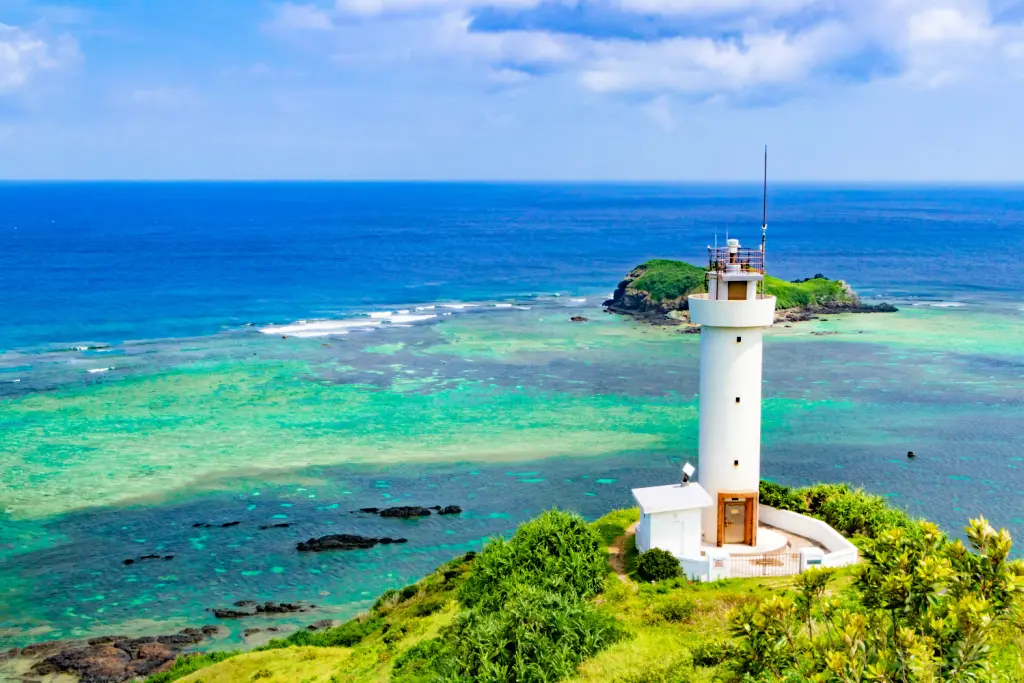
Okinawan Islands: Why You Should Visit Yaeyama!
While the rest of the country is famous for its high-speed trains and vibrant cities, the Yaeyama Islands move at the rhythm of waves and birdsong. This area will amaze you with its breathtaking natural beauty, blending majestic simplicity with the ancient cultural heritage. Keep reading to learn more about this Okinawan treasure!


